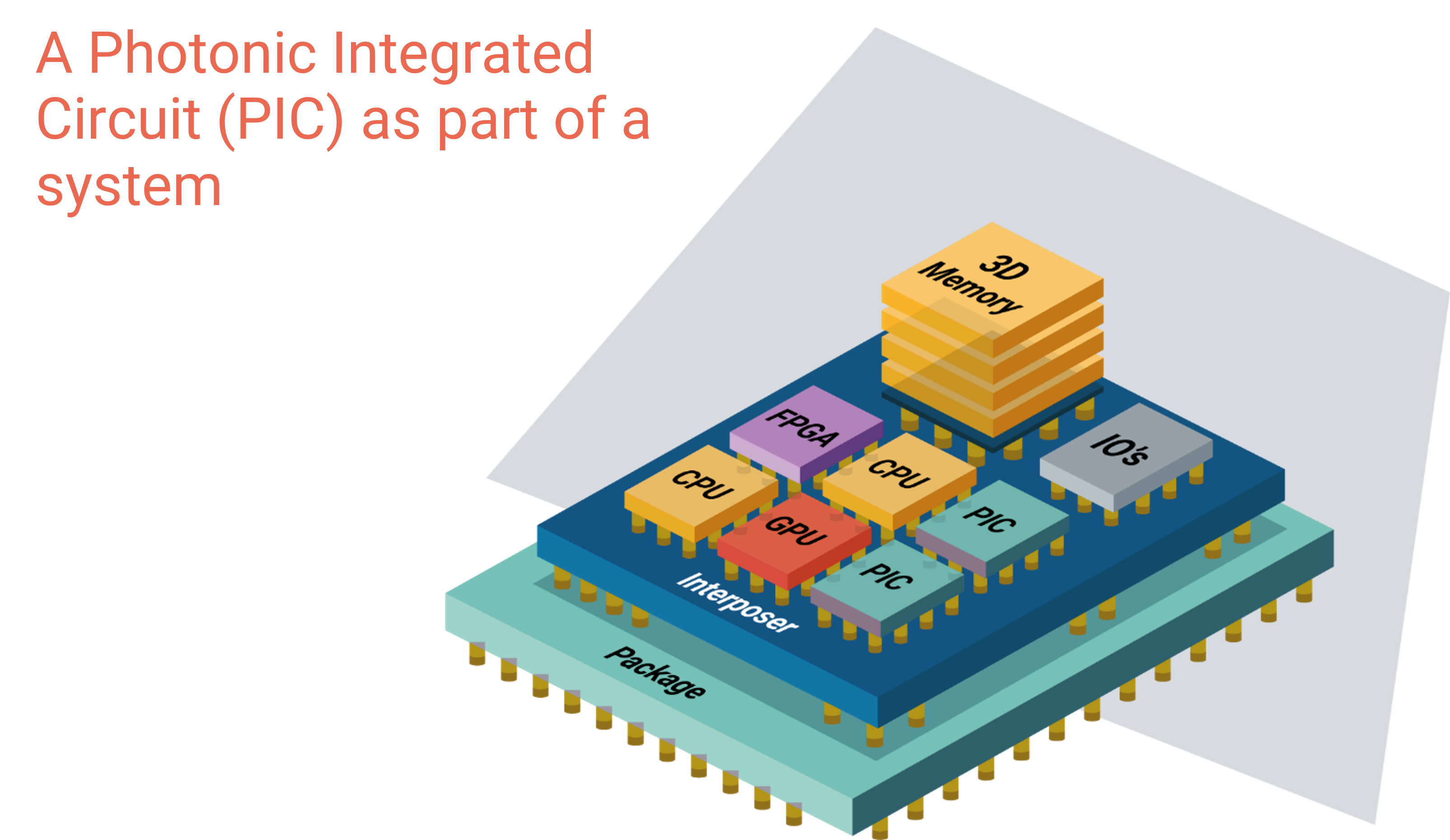Introduction
In the realm of AI code generation, guaranteeing that various pieces of the system function seamlessly together is usually critical to delivering robust and trusted solutions. browse around here plays the pivotal role within this process, serving as a bridge between individual element testing and complete system validation. This specific article explores effective case studies regarding component integration assessment in AI signal generation projects, featuring key methodologies, difficulties faced, and instructions learned.
What is Part Integration Testing?
Component integration testing consists of evaluating the interactions between different pieces of a system to make sure they functionality together as anticipated. In AI signal generation projects, this means verifying that this AI models, computer code generators, APIs, and user interfaces integrate smoothly to create accurate and effective code.
Case Analyze 1: IBM’s CodeNet Project
Background:
IBM’s CodeNet is an substantial dataset made to aid AI models throughout code generation plus understanding. The project aims to enhance the capabilities of AI in generating and even understanding code across multiple programming foreign languages.
Testing Approach:
IBM implemented a strenuous component integration testing strategy that engaged:
Modular Testing: Each component, including the particular dataset processing component, the code era model, and the particular evaluation tools, had been tested individually prior to integration.
Integration Cases: Specific scenarios have been crafted to test precisely how components interact, such as feeding code samples through the AI model and even checking out the outputs in opposition to expected results.
End-to-End Validation: Once integration tests confirmed that individual components worked together, end-to-end assessments ensured how the full system performed because expected in actual scenarios.
Challenges:
Information Consistency: Ensuring of which data formats plus structures were steady across various components posed a obstacle.
Model Performance: The AI model’s functionality varied using the insight data and the use with other parts.
Successes:
Enhanced Accuracy: The integration testing helped fine-tune typically the AI model, top to significant enhancements in code generation accuracy.
Robust Architecture: The testing approach contributed to some sort of more robust program architecture, reducing the particular likelihood of integration-related failures.
Case Examine 2: OpenAI’s Questionnaire Integration
Background:
OpenAI’s Codex is definitely an AI system designed to produce code from natural language inputs. The system’s components incorporate natural language processing (NLP) models, computer code generation algorithms, and integration with enhancement environments.
Testing Technique:
OpenAI adopted a new comprehensive component the use testing approach:
Aspect Interfaces: Testing centered on ensuring that the particular NLP models correctly interpreted user advices and that the code generation algorithms produced syntactically and semantically correct code.
API Tests: APIs that facilitated interaction between the AI model plus external development resources were rigorously tested for reliability and even performance.
User Connection Testing: Scenarios have been created to replicate real user interactions, making sure the AI could handle a new variety of coding tasks.
Challenges:
Sophisticated User Inputs: Dealing with diverse and intricate user inputs required extensive testing to guarantee the AI’s responses were accurate and beneficial.
System Latency: Developing various components presented latency issues that will would have to be addressed.
Successes:
Improved User Knowledge: Integration testing guided to enhancements in the AI’s ability to understand and respond to user inputs, causing a more intuitive end user experience.
Scalable Solution: The thorough assessment approach facilitated the development of a scalable option capable of dealing with a wide range of coding responsibilities.
Case Study a few: Google’s AutoML The usage
Background:
Google’s AutoML project aims in order to simplify the process of training equipment learning models by automating model choice and hyperparameter tuning. The project integrates various components, which includes data preprocessing, design training, and analysis tools.
Testing Strategy:
Google’s integration testing strategy involved:
Element Coordination: Ensuring soft coordination between data preprocessing, model education, and evaluation elements.
Performance Benchmarks: Building performance benchmarks to evaluate how well components performed together below different scenarios.
Continuous Integration: Implementing constant integration pipelines to try components with every update, ensuring continuous compatibility and performance.
Challenges:
Data Managing: Managing large quantities of information and ensuring its consistent handling across components has been a challenge.
Component Updates: Frequent up-dates to individual pieces required frequent re-testing to maintain the use integrity.
Successes:
Effective Automation: The incorporation testing process helped streamline the software of model education, which makes it more successful and user-friendly.
High-Quality Models: The robust testing approach guaranteed that the last models were of top quality and met overall performance benchmarks.
Key Training Learned
Thorough Testing Scenarios: Crafting diverse and realistic assessment scenarios is crucial for identifying the use issues that may not necessarily be apparent inside isolated component assessments.
Continuous Integration: Employing continuous integration and testing practices helps in promptly identifying in addition to addressing issues arising from changes in component interfaces or functionalities.
Cross-Component Coordination: Successful communication and coordination between teams operating on different pieces are essential with regard to successful integration testing.
Conclusion
Component integration testing is some sort of vital aspect associated with AI code technology projects, ensuring that numerous system components work together seamlessly to deliver high-quality solutions. Typically the case studies involving IBM’s CodeNet, OpenAI’s Codex, and Google’s AutoML demonstrate the particular importance of the comprehensive testing approach in addressing issues and achieving effective integration. By listening to advice from these examples and even implementing robust assessment strategies, organizations can enhance the reliability and satisfaction of their particular AI code generation systems, ultimately leading to more powerful and efficient alternatives.

